Discover the Berber Villages of Agadir, Morocco: A Unique Cultural Experience
Set out on a journey into the heart of Morocco’s Berber culture with the Berber Villages Trip from Agadir to Amtoudi Oasis. Nestled in the Anti-Atlas Mountains, Amtoudi is an oasis filled with date palms, dramatic cliffs, and traditional Berber agricultural life. This tour offers a rare chance to explore ancient fortified granaries (igoudar), enjoy authentic local cuisine, and witness the remarkable restoration efforts led by architect-anthropologist Salima Naji.
Highlights:
- Discover the ancient igoudar (fortified granaries), including Aguelly Id Assa, thought to be Morocco’s oldest granary
- Admire Amtoudi’s landscapes, with date palms, fig trees, and vegetable gardens
- Learn about Salima Naji’s efforts to restore these historic structures using traditional Anti-Atlas stonework techniques
- Explore rock carvings depicting giraffes and elephants, offering a glimpse into Amtoudi’s ancient past
Itinerary:
- Aguelly Id Assa Granary: A short hike to this historic granary, with panoramic views from its cliffside location
- Berber Village Tour: Explore Amtoudi’s local farms, gardens, and traditional Berber way of life
- Scenic Stops: Enjoy views of the lush valley and iconic date palms that surround Amtoudi
📅 Availability:
- This Berber Villages Trip from Agadir is available daily.
ℹ️ What’s Included:
- Private, air-conditioned transportation from Agadir
- Guided tour of Amtoudi and the igoudar sites
- Local guide with insight into Berber culture and history
- All taxes and fees
🚫 What’s Excluded:
- Entry fees for the igoudar (if applicable)
- Personal expenses and souvenirs
🚐 Starting Place – Pick-up Area:
- Pick-up from your hotel in Agadir, Agadir Cruise Port, or areas such as Taghazout, Tamraght, and Paradis Plage.
🕒 Pick-up Time:
- 8:00 am
📝 Notes:
- Wear comfortable hiking shoes and bring sun protection for a day of outdoor exploration.
Ready to explore Morocco’s rich Berber heritage? Book your Berber Villages Trip from Agadir to Amtoudi Oasis today and experience a unique part of Morocco’s cultural landscape!
Explore Morocco’s hidden treasures with our Berber Villages Trip from Agadir. This tour to Amtoudi Oasis is perfect for travelers looking to experience authentic Berber culture in the heart of the Anti-Atlas Mountains. As you journey from Agadir, you’ll uncover the unique lifestyle and ancient architecture that define Morocco’s Berber heritage.
In Amtoudi, visitors are captivated by the ancient igoudar (fortified granaries), with Aguelly Id Assa standing out as one of Morocco’s oldest. The igoudar are not only architectural marvels but also serve as a window into the resourceful and self-sustaining ways of the Berber people of the Anti-Atlas. Thanks to the efforts of Salima Naji, these historical structures are being preserved with traditional building techniques, inspiring a new appreciation for Morocco’s cultural legacy.
The Agadir to Amtoudi Oasis trip is more than just a visit to historical sites. It’s an immersive experience into the daily lives of Morocco’s Berber communities, with opportunities to see date palms, almond trees, and fields of barley and maize—a testament to the agricultural roots of Amtoudi’s residents. You’ll also have time to explore the rock carvings near Amtoudi, where ancient depictions of giraffes and elephants reveal a fascinating glimpse into the region’s distant past.
This Grand Sud tour from Agadir is an ideal option for those wanting to step away from city life and experience Morocco’s stunning landscapes and authentic Berber culture. Whether you’re interested in history, architecture, or simply experiencing the Berber villages around Agadir, this trip to Amtoudi offers something for everyone.

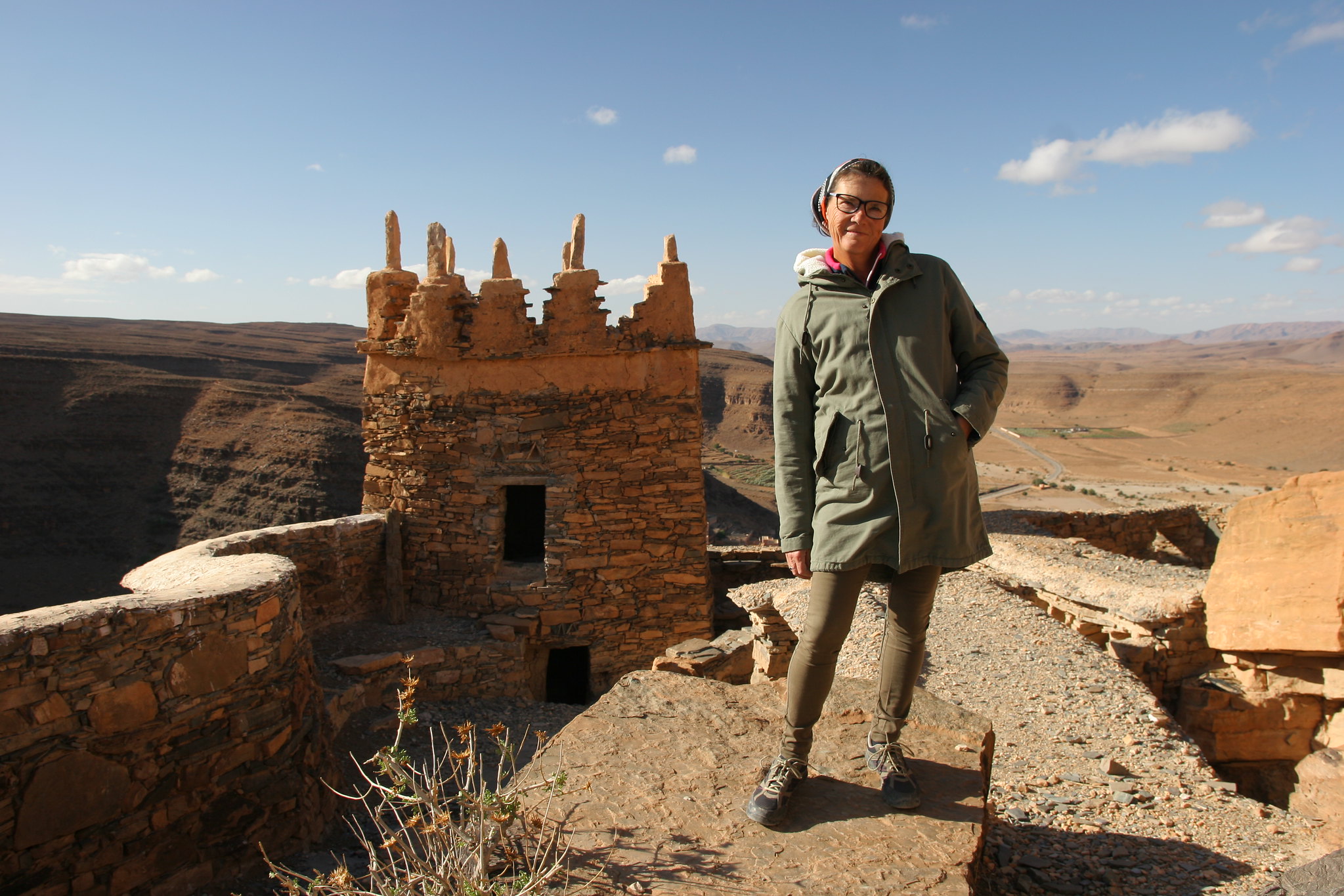
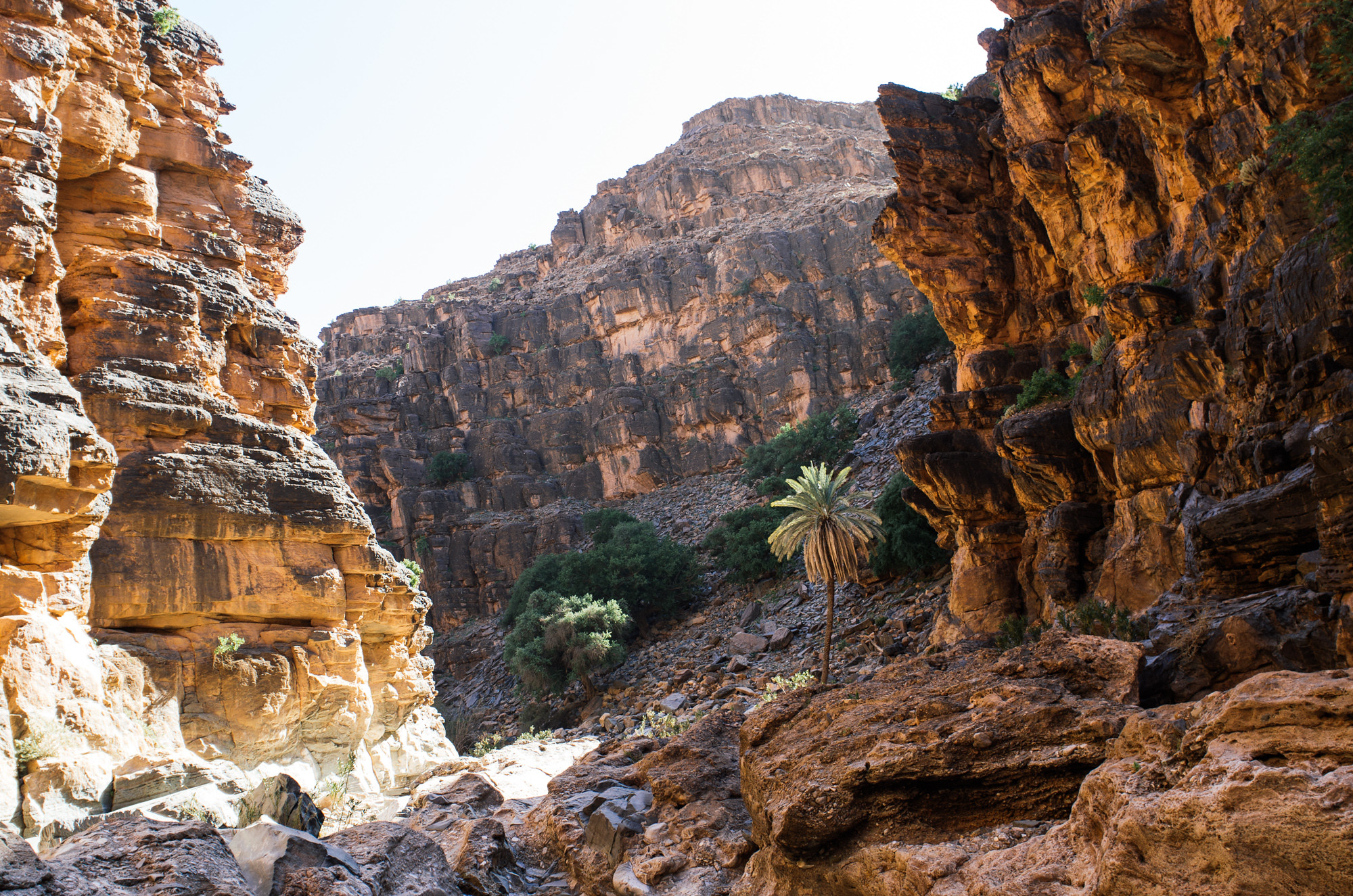
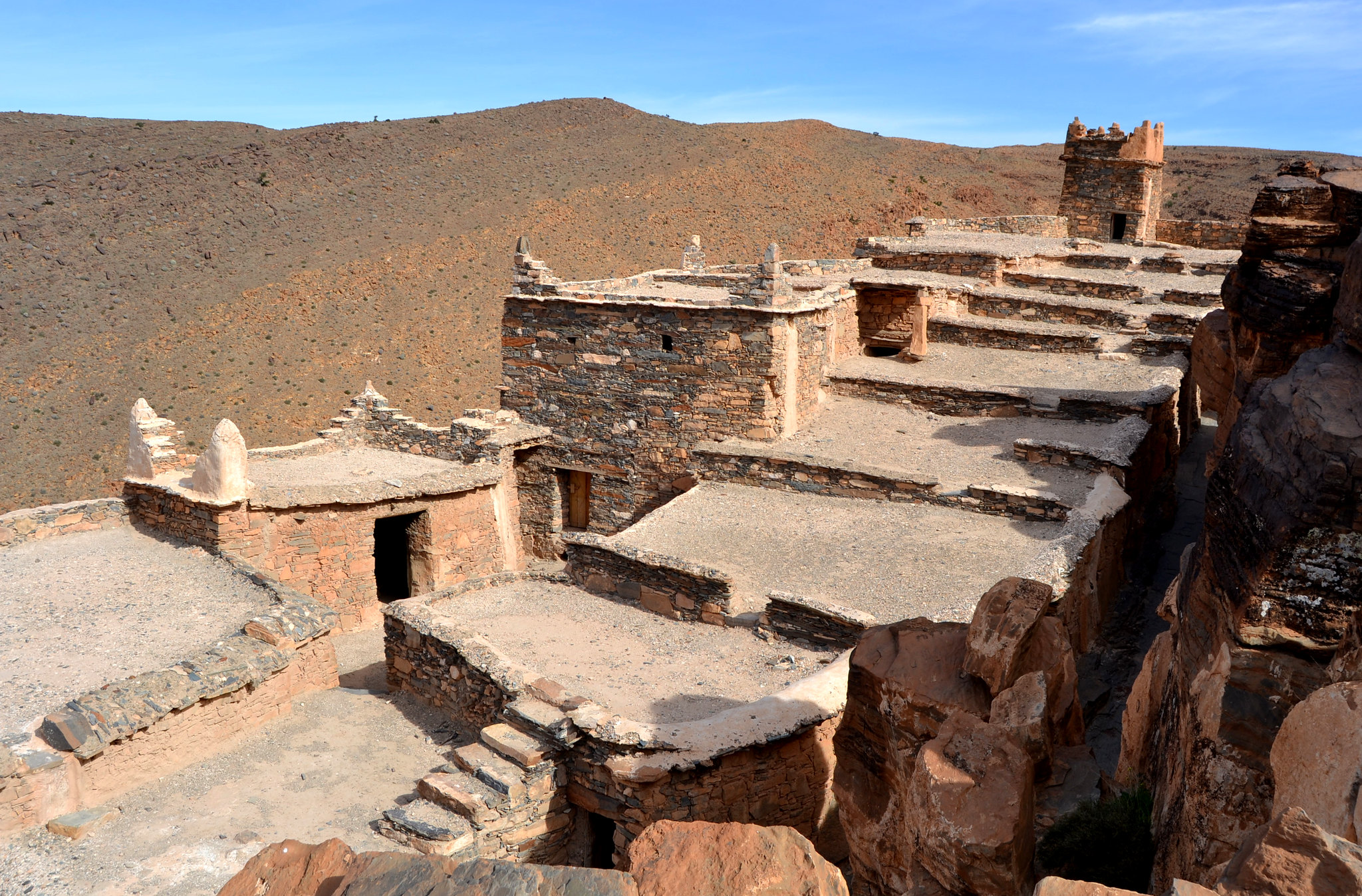

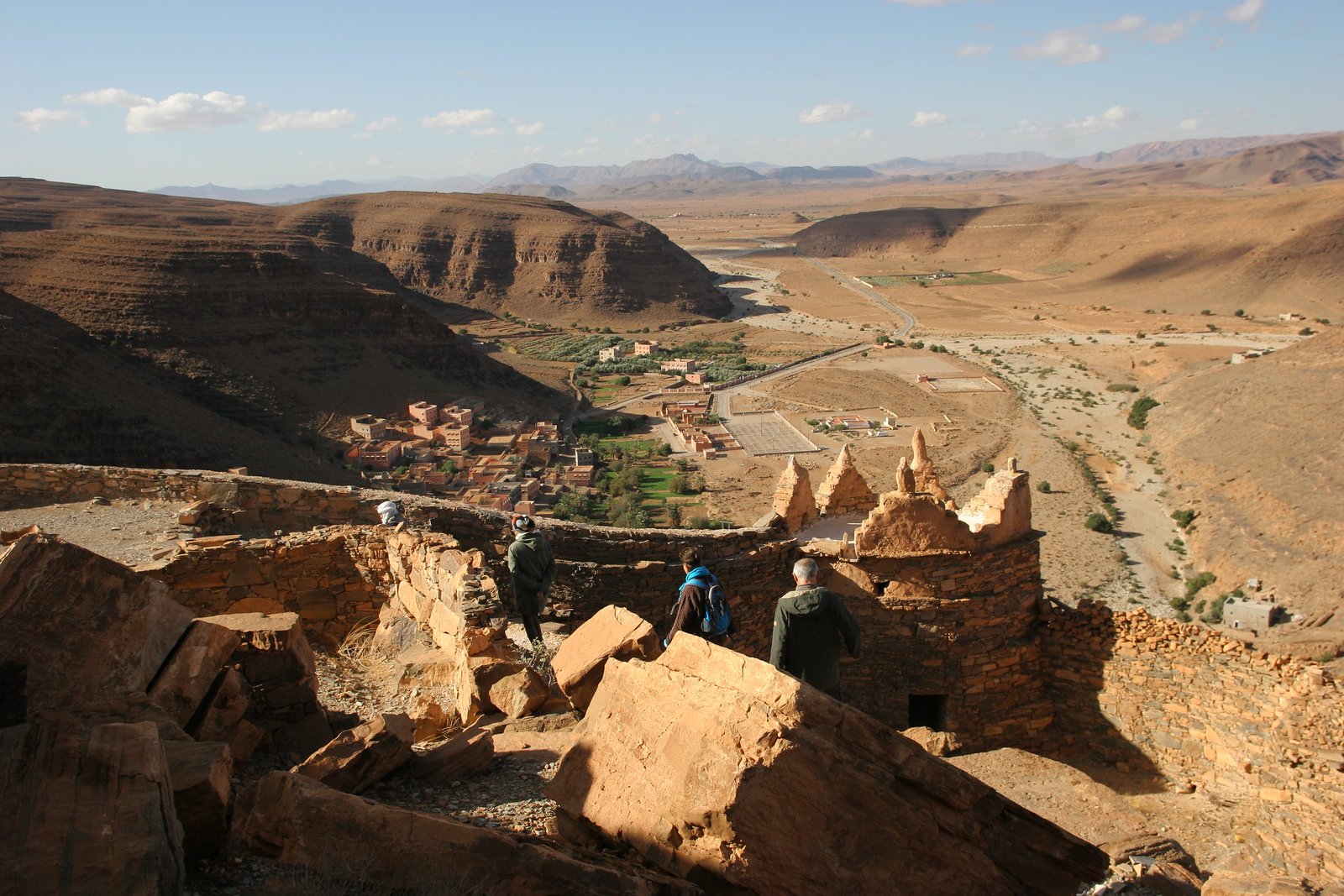
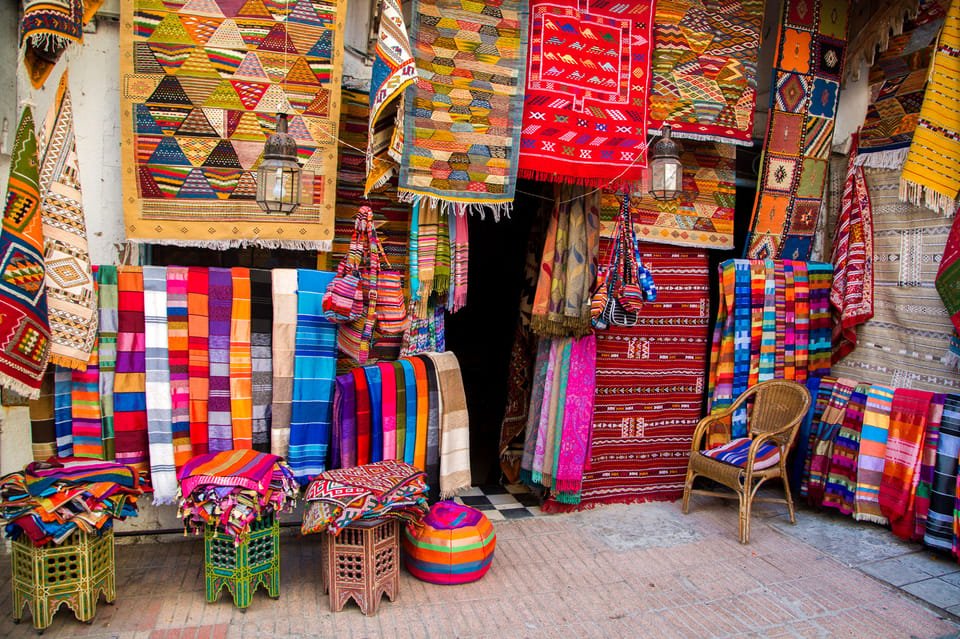
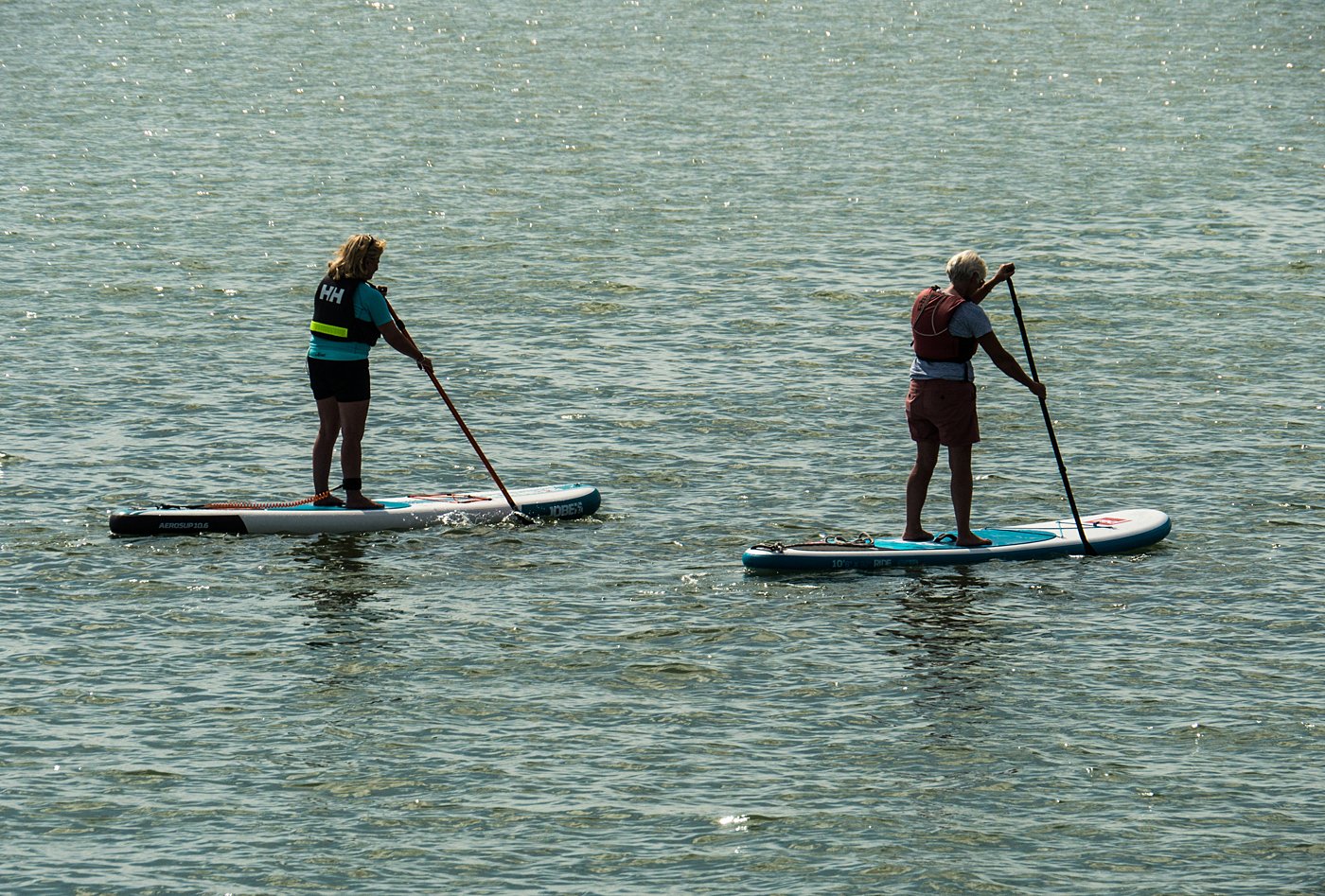


Reviews
There are no reviews yet.